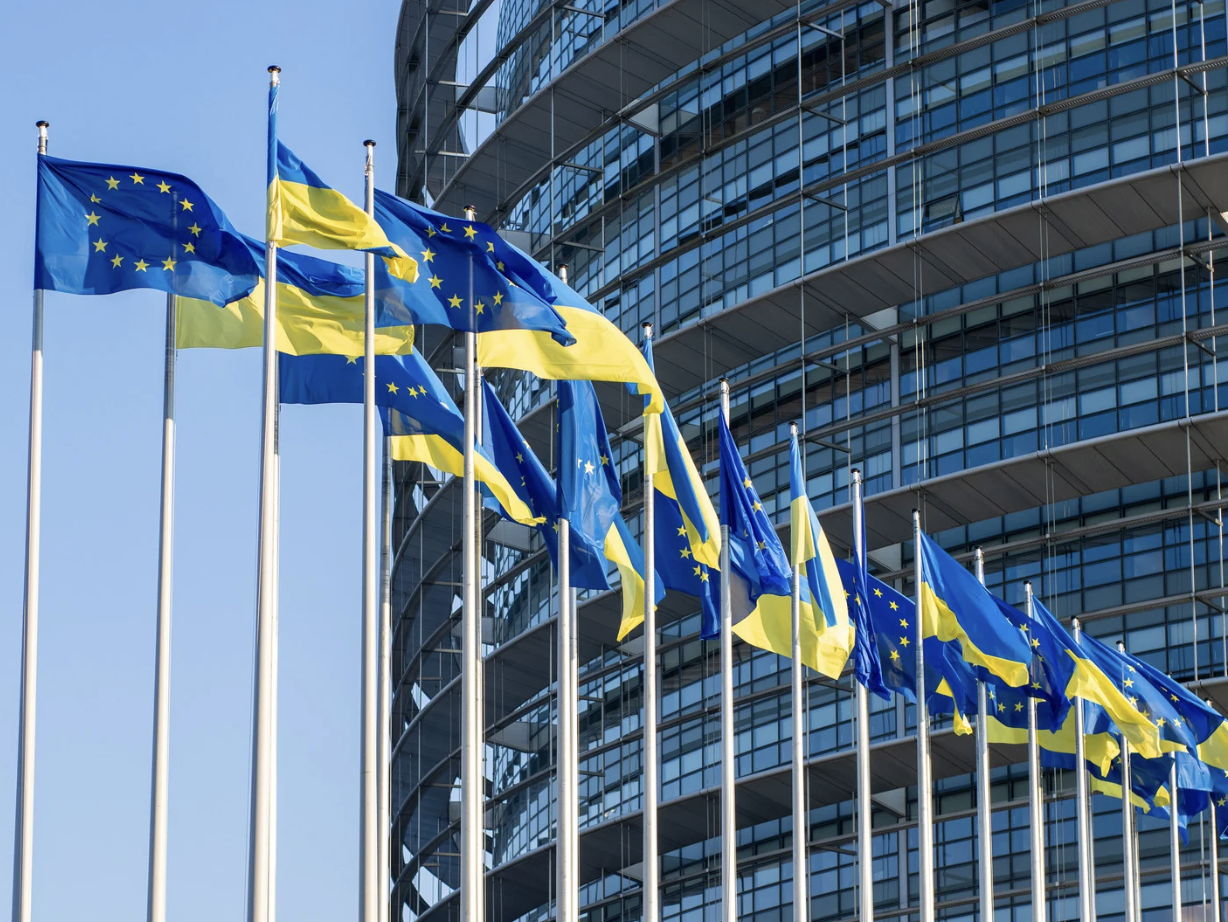Ukrainian President Volodymyr Zelenskyy announced plans to present Ukraine’s comprehensive “victory plan” to the United States in September, aiming to secure support from both current Vice President Kamala Harris and former President Donald Trump. This strategic move comes as Ukraine continues to counter Russian advances and seeks stronger backing from its allies.
Our resilience is also the result of the tireless efforts of all our people who do their utmost to ensure that life prevails over the harshest of war circumstances.
This includes the work of our SES rescuers, medics, police officers, volunteers—everyone who helps our people.… pic.twitter.com/Yn4PPpKC83
— Volodymyr Zelenskyy / Володимир Зеленський (@ZelenskyyUa) August 28, 2024
Key Components of Ukraine’s Victory Plan
The victory plan, as outlined by Zelenskyy, is a multi-faceted strategy designed to reinforce Ukraine’s position against Russia and enhance its role in global security. The plan consists of four major components:
- Military Operations in the Kursk Region: Zelenskyy emphasized the importance of Ukraine’s recent military counteroffensive in Russia’s Kursk region, a location that also hosts a nuclear power plant. He noted that the surprise assault launched on August 6 has been a pivotal element of the plan, leading to a significant withdrawal of Russian forces from eastern Ukraine. This offensive, according to Zelenskyy, has been crucial in preventing further Russian advances into the Kharkiv, Sumy, and Chernihiv regions.
- Strategic Integration in Global Security: Ukraine aims to position itself as a key player in the world’s security infrastructure. Zelenskyy highlighted this strategic vision as a cornerstone of the plan, reflecting Ukraine’s desire to secure a more influential role in international affairs and contribute to global stability.
- Diplomatic Efforts to End the War: A significant portion of the plan is dedicated to diplomatic measures designed to compel Russia to end the war. Zelenskyy mentioned that this involves a robust package of strategies that could potentially lead to a peaceful resolution and cessation of hostilities, emphasizing diplomacy as a critical pathway to achieving lasting peace.
- Economic Measures: Although Zelenskyy refrained from divulging specific details, he indicated that the plan includes an economic component aimed at strengthening Ukraine’s economic resilience. This suggests a focus on rebuilding and fortifying Ukraine’s economy in the face of ongoing conflict and future uncertainties.
Strategic Timing and International Appeal
Zelenskyy’s decision to present the victory plan to U.S. leaders is strategically timed, aiming to garner bipartisan support at a crucial moment in Ukraine’s defense against Russian aggression. By seeking the backing of both Kamala Harris and Donald Trump, Zelenskyy is making a concerted effort to unify U.S. political support, regardless of domestic political divisions.
Challenges and Implications
The Ukrainian leader’s announcement comes amidst escalating tensions in Eastern Europe, with Russia advancing its efforts to fully occupy the eastern Donbas region. While the recent Ukrainian incursion in Kursk has momentarily disrupted Russian plans, the broader geopolitical landscape remains fraught with uncertainty.
Zelenskyy’s “victory plan” underscores Ukraine’s determination to counter Russian aggression not just through military means, but also by integrating itself into the global security fabric and leveraging diplomatic channels. The success of this plan will heavily depend on the level of international support Ukraine can secure, particularly from key allies like the United States.
As September approaches, all eyes will be on Washington to see how U.S. leaders respond to Ukraine’s comprehensive strategy and whether the necessary support will be mobilized to aid Ukraine in its quest for victory and peace.
Biden, Modi Discuss Ukraine Conflict & Bangladesh Situation Following Ukraine Visit





